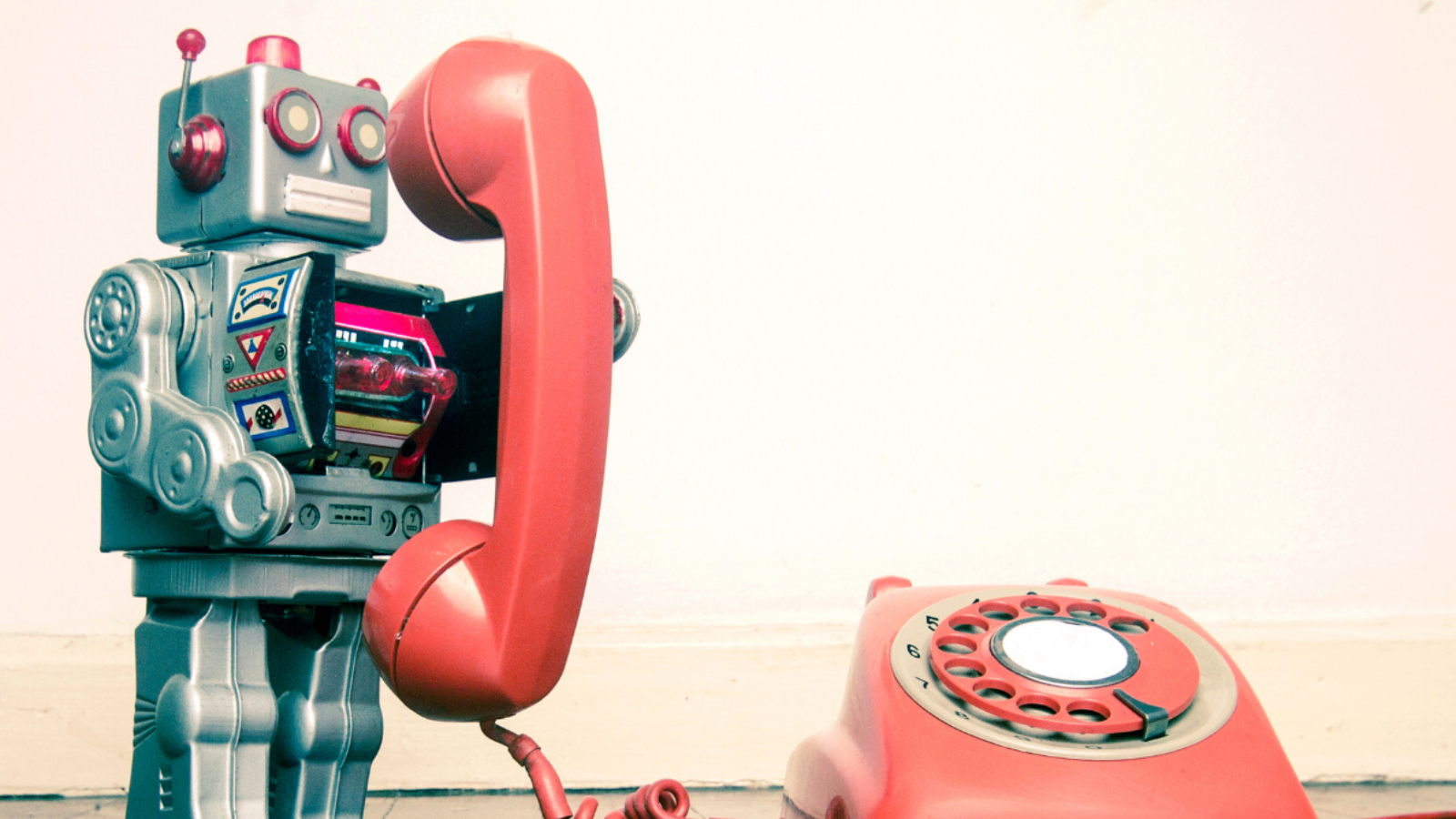Walk down the children’s toy aisle in any store these days and you will be greeted with a cacophony of noise. Instead of the excited voices of children that you might expect, however, much of the chatter emanates from the toys themselves.
With one press of a little toddler finger, talking toys shout out encouragement, offer new vocabulary words, and sing songs. While every parent and caregiver tires of the grating sound of their child’s favorite electronic toy – played over and over again – many of us are drawn in by the promise that these toys will help our children learn. The promises are implied by the product categories themselves like “electronic learning systems” and “reading and writing toys.” The product names underscore the supposed value with titles like “I’m ready to read!” books and an “A-B-C Counting” plastic purse.
Do talking toys help children learn language?
It’s not that there is a intrinsic problem with electronic toys. The problem is that these marketing messages ignore a mountain of research showing that language acquisition is an intensely social process. One of the strongest predictors for reading ability in school is the amount of one-to-one conversation a child has in the first three years of life. There is no research showing that children learn language from electronic toys. Electronic playthings are simply not sophisticated enough to have the back and forth social interactions that build phonemic awareness and, ultimately, words. A baby needs feedback and reinforcement delivered with smiles, giggles, touch, and words. The language centers in a baby’s brain thrive on real-person interaction.

When toys talk more, we tend to talk less.
The real problem with talking toys is not only that they don’t teach babies as they promise. They can get in the way of what we do know works: parent-child communication. A new study published in Pediatrics took a close look at how different types of toys influence these parent-child interactions. The researchers compared traditional wooden toys like blocks and age-appropriate puzzles, board books, and electronic toys marketed for language acquisition. The results were striking. It turns out that parents interact significantly less, talk less, and are less responsive when electronic toys are present. There are at least three likely reasons. First, parents would need to interrupt the electronic toy to get a word in edge-wise. Second, many parents are wary of getting in the way of the toy’s “teaching power.” And finally, talking toys are a welcome break for many parents who use them as a way to entertain and engage their children.
This doesn’t mean that there is never a time or place for handing over a talking toy while you make dinner. The study is simply a powerful reminder that if we are buying children electronic toys in order to boost their language we would be better off getting out the pots and pans on the kitchen floor and chatting with our kids while we pour the pasta in.